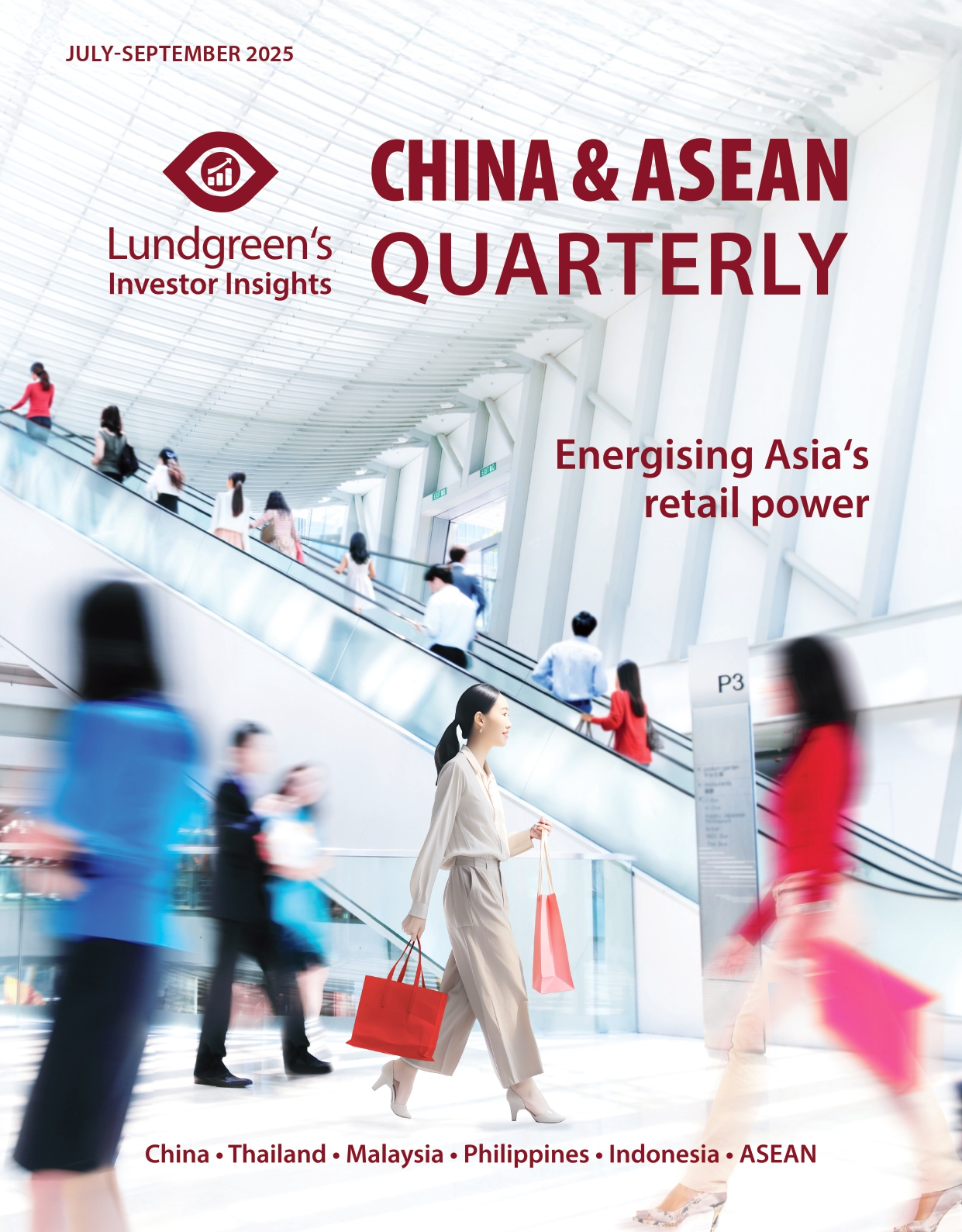Next Week in China: 13-17 October 2025
Major Data Releases:
- 13 October: China to report September external trade data
- 13 October: Hong Kong to report business situation of small and medium-sized enterprises (SMEs) for September
- 15 October: China to report September Consumer Price Index (CPI)
- 15 October: China to report September Producer Price Index (PPI)
- 15 October: China to report scale of operations and interest rate under its medium-term lending facility (MLF) for October
- 15 October: China to report September social electricity consumption
- 16 October: Hong Kong to report August external merchandise trade data
Coming out of the weeklong National Holiday, next week is set to be a big one for economic data releases in China with eight major indicators on the calendar.
Regarding inflation, we expect price elasticity to remain low in September and the year-on-year CPI relatively stable. We forecast September CPI to be flat year-on-year (August: -0.4 per cent), corresponding to a month-on-month increase of 0.2 per cent (August: 0.0 per cent). Food prices will likely remain a major drag. Given weak incremental demand for pork, the “anti-involution” capacity reduction must follow the breeding cycle so short-term supply will stay high despite unchanged weak demand. In September, wholesale pork prices continued to decline month-on-month, with the year-on-year price drop widening from 25.0 per cent to 26.3 per cent. For vegetables and fruits, last year’s high temperatures and heavy rainfall pushed prices up to create a high base. Prices of 28 key vegetables and seven key fruits have since fell by 18.7 per cent and 5.3 per cent year-on-year, respectively. Meanwhile, prices of non-food items may see marginal improvement; domestic fuel is cheaper but due to a low base, the year-on-year decline may narrow. Gold prices continued to rise, and higher demand for services may sustain core CPI growth. As market expectations improve and a package of new stimulus measures take effect, this will help further unleash household consumption potential. We expect core CPI to rebound in September, though the probability of an overshoot is low.
For producer prices, changes are mainly driven by the external impact of international commodity price fluctuations and accelerated technological progress in some domestic industries, which increase market competition and push costs down. We expect September PPI year-on-year growth at -2.4 per cent (August: -2.9 per cent) and month-on-month growth to be -0.3 per cent (August: 0.0 per cent). The inventory cycle is unlikely to provide effective price support and capacity clearing in midstream manufacturing may take a long time. International commodity price trends remain uncertain, but as domestic large-scale equipment upgrades and consumer goods trade-in policies gradually take effect, these will provide some price support to certain industries. High-frequency data show that month-on-month PPI growth is unlikely to turn positive. One thing to note is that the business climate between “anti-involution” and non-anti-involution industries is further diverging. Upstream raw materials, driven by the government crackdown on price wars, are now cutting production and raising prices while weak demand limits the ability of downstream producers of finished goods to raise prices. Processing and manufacturing firms may see profits squeezed due to this widening gap, which could hinder price transmission along the industrial chain during this round of “anti-involution” policies. Changes in raw material inventories and procurement volumes point to companies increasing precautionary purchasing while the accumulation of finished goods inventory reflects a widening supply-demand gap. The “anti-involution” drive may bring short-term reform pains to some industries.
China stocks are trading again after an eight-day break. As of Thursday, 9 October, the MSCI China Index – the only index that remained open – had declined by 0.88 per cent for the week. Meanwhile, the Shanghai Composite Index rose by 1.32 per cent, the Shenzhen Component Index by 1.47 per cent, and the ChiNext Index by 0.73 per cent against the pre-holiday close. On Thursday, mid- and large-cap stocks outperformed small caps, while growth stocks slightly outperformed value stocks.
Looking ahead, both Hong Kong equities and travel data remained relatively stable over the holiday. Domestically, there has been a flurry of announcements on AI industry developments, and industrial profit growth has shown signs of recovery. Now, expectations for policy signals from China’s upcoming 15th Five-Year Plan are likely to heat up, and we think this will steady A-shares. Following the rapid rise in trading activity and prices from late June to August, profit-taking has exerted some pressure over the medium term. We believe the market is still in a consolidation phase that began in end-August. A new catalyst is needed to propel it further upward, and downside risks appear limited. Policy-setting during the fourth plenary session of the Communist Party’s Central Committee on 20-23 October should help support market sentiment.
This piece has been co-produced with Yiyi Capital Limited in Hong Kong, a China specialist and a part of a global financial services group.






